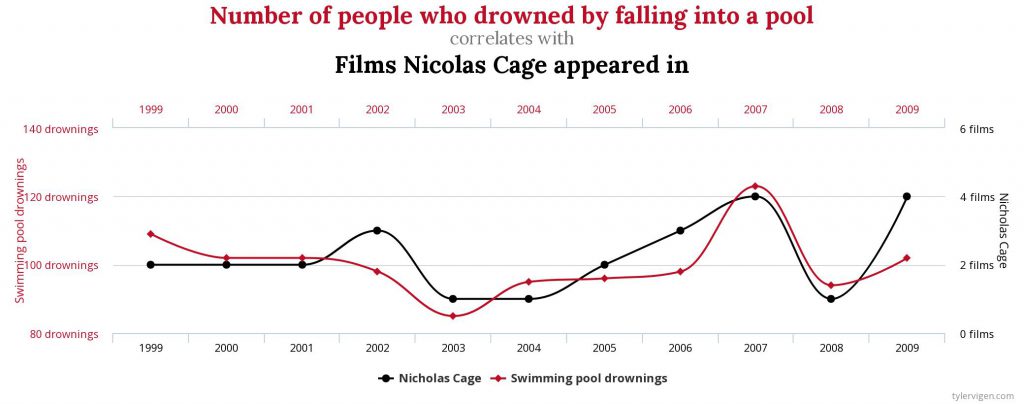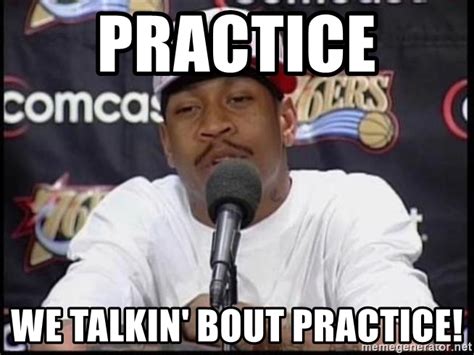Link: High Quality Instruction Post-COVID
From the site: The playbook provides a path for continuous improvement of instruction along a quality-oriented continuum. Design guides immediate and basic needs for moving a course online. It is useful for translation of face-to-face or blended courses for fully-online delivery. Enhance provides options to strengthen the student learning experience. It is useful for improving face-to-face course […]
Link: High Quality Instruction Post-COVID Read More »



